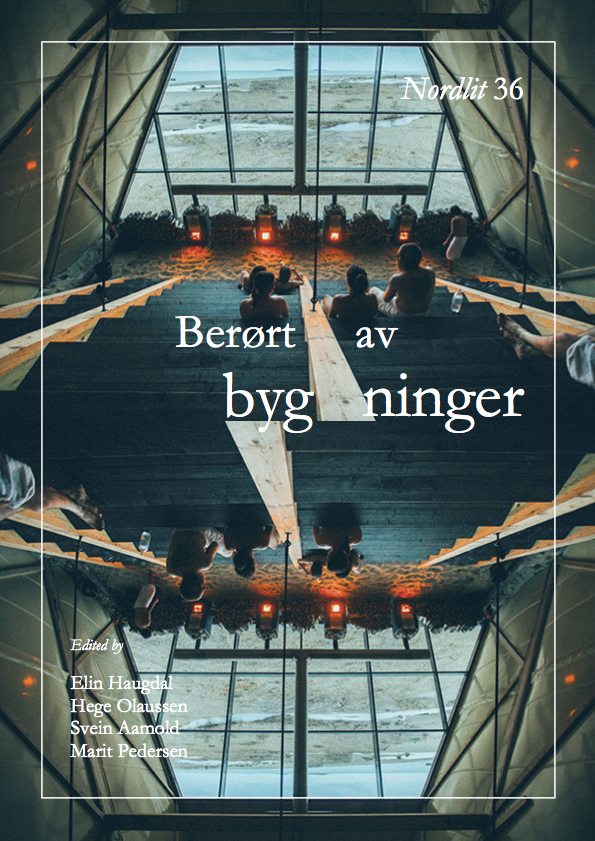Et forsvar for hus som har kommet i knestående
DOI:
https://doi.org/10.7557/13.3687Keywords:
kulturminneforvaltning, kulturminnevern, bygningsvern, bygninger i forfall, forfallets verdiAbstract
Norwegian cultural heritage management is based on a developed and strict legislation. The administration is placed under the Ministry of Environment and the different categories of cultural heritage are handled by a professional staff with different academic backgrounds, relevant to the categories. The ideology of cultural heritage management has changed through time and the present motto is “Vern gjennom bruk” (Protection through use).
The legislation, the categories linked to different academic disciplines, the motto and the influence of the demands derived from a modern lifestyle add up to an interesting contrast in the handling of buildings. Priority is given to buildings in a relatively stable condition of decay, called archaeological sites, and to buildings with a potential for use in a modern context after reconstruction, called architectural monuments.
Buildings between these two categories, especially those that are in a state of dynamic decay, are in general ignored or destroyed. This paper discusses the resources we overlook by this policy and practice of management. The author argues that an exposure of the process of dynamic decay has a potential for a deeper understanding of both history and cultural heritage.









